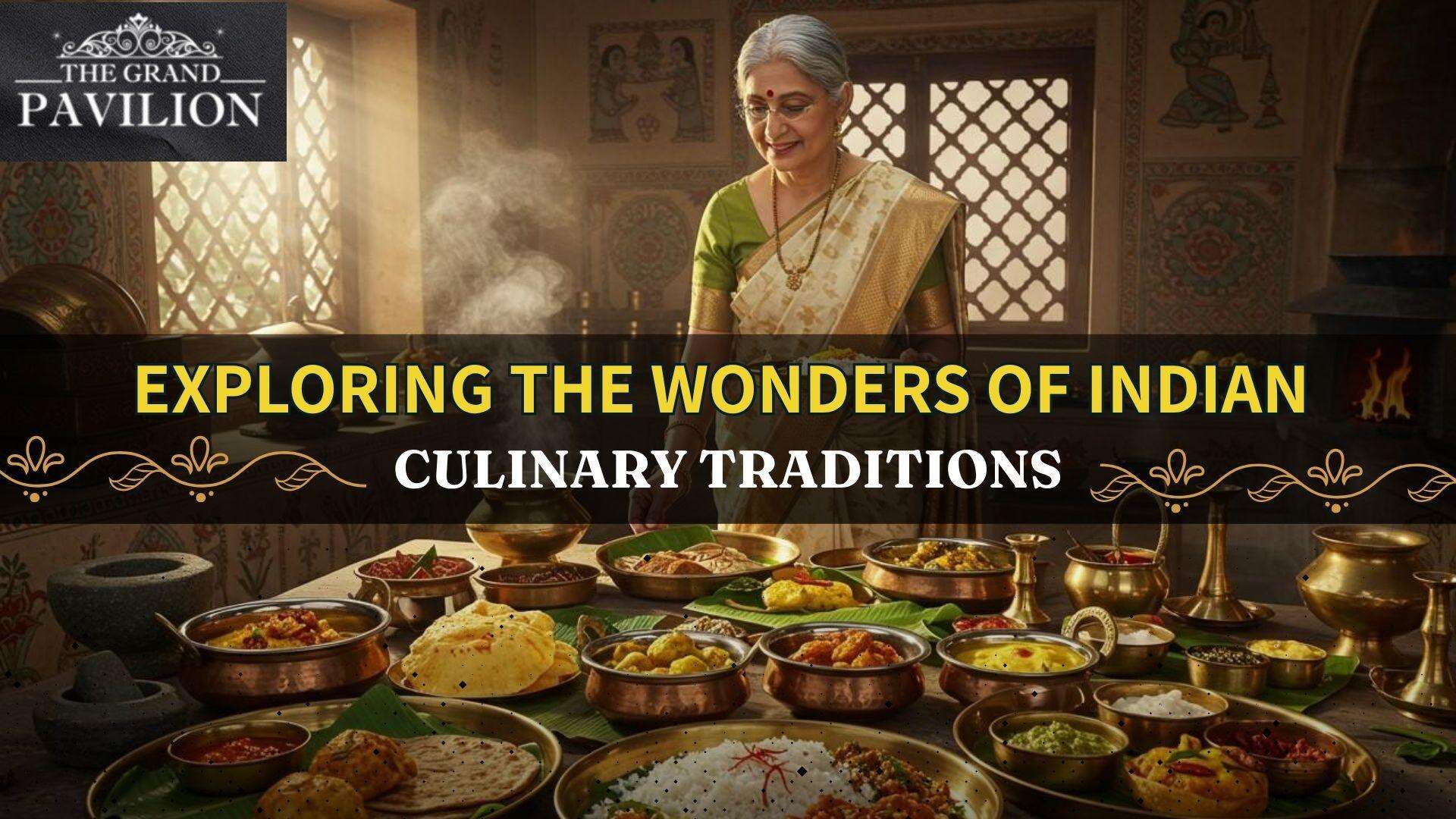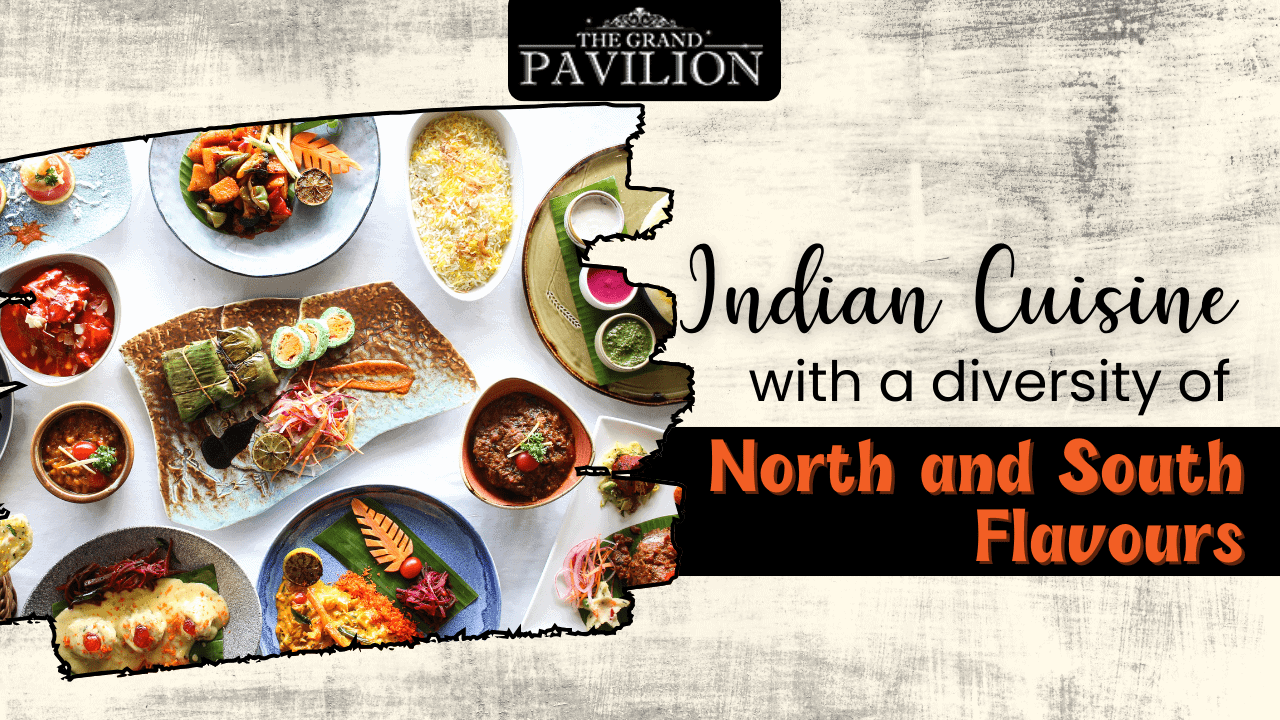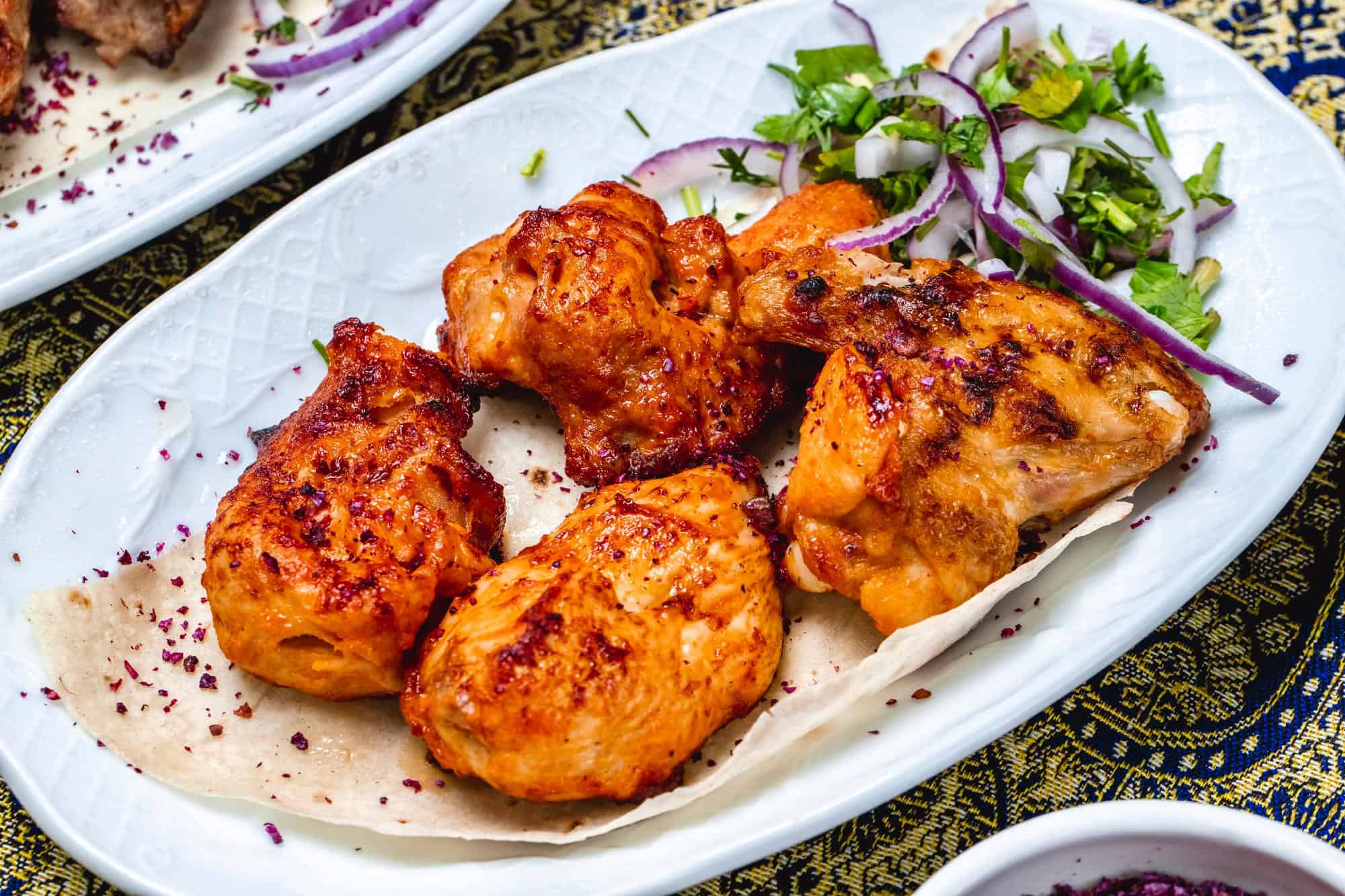![]()
Discovering food is like exploring new flavours and smells. In an Indian spice restaurant, we mix old traditions with new ideas to have memories and experiences that have a menu full of various and tasty Indian spices. Our food is appetising and will take you on an adventure of flavours. This is a one-of-a-kind dining journey.
The manifestation of Indian spice: Getting into an Indian restaurant where the vigorous streets of the Indian market come alive. The dishes at the restaurant have ancient flavours and new flair, taking you on a flavourful adventure.
Essential Spices for Indian Cooking
- Turmeric (Haldi)
Being aware of the vigorous golden color and earthy aroma of turmeric is a cornerstone of Indian cuisine. This is an anti-inflammatory element, and it is mostly used in curries, dals, and marinades.
- Cumin Seeds (Jeera)
Cumin adds a warm, nutty flavour and is often used in tempering or dry roasting to enhance its aroma. It’s commonly found in dishes like jeera rice, curries, and soups.
- Coriander (Dhaniya)
Both seeds and ground coriander are used in Indian cuisine. It adds a citrusy, slightly sweet taste that accompanies a wide range of moderate dishes.
- Mustard Seeds (Rai)
Mustard seeds are mostly used in South Indian cooking and are often tempered in hot oil until they pop, adding a nutty bitterness to dishes like sambhar and chutneys.
- Garam Masala
A remarkable spice blend made from cinnamon, cardamom, cloves, nutmeg, and more, garam masala is usually added toward the end of cooking to infuse dishes with deep, warm flavours.
- Methi (Fenugreek)
Used as seeds or dried leaves, fenugreek imparts a bit bitter, nutty flavour that upgrades curries, pickles, and breads like methi paratha.
- Asafoetida (Hing)
It’s especially important in vegetarian Indian cuisine, adding umami depth to lentil and bean dishes.
How These Spices Come Together in Indian Food
At The Grand Pavilion, our chefs carefully balance these spices to create dishes that are rich in flavour but never devastating. From creamy butter chicken to spicy vindaloo, it’s the harmonious use of these crucial spices that changes simple ingredients into memorable meals. Every dish in our Indian restaurant tells a story of tradition, culture, and culinary mastery through its spices.
Why are Spices important in an Indian Restaurant Experience
Using Indian spices in Indian food is not just about flavour; it’s about extracting emotion, inheritance, and comfort. At the Grand Pavilion, we bring this philosophy to life on every plate we serve. Even the use of spices in Indian food is not just about flavour; it’s about extraction. Emotion, heritage, and comfort. Whether you’re dining in or ordering takeaway, our food reflects the soul of Indian cooking. We don’t just use spices, we understand them, respect them, and celebrate them.
Conclusion
Indian food without citrus spice is like a melody with no rhythm. The next time you visit an Indian restaurant like The Grand Pavilion, take a moment to savor the blend of spices that make every dish unique. Craving a true taste of India? Visit The Grand Pavilion and experience Indian cuisine the way it’s meant to be: authentic, aromatic, and unforgettable.




